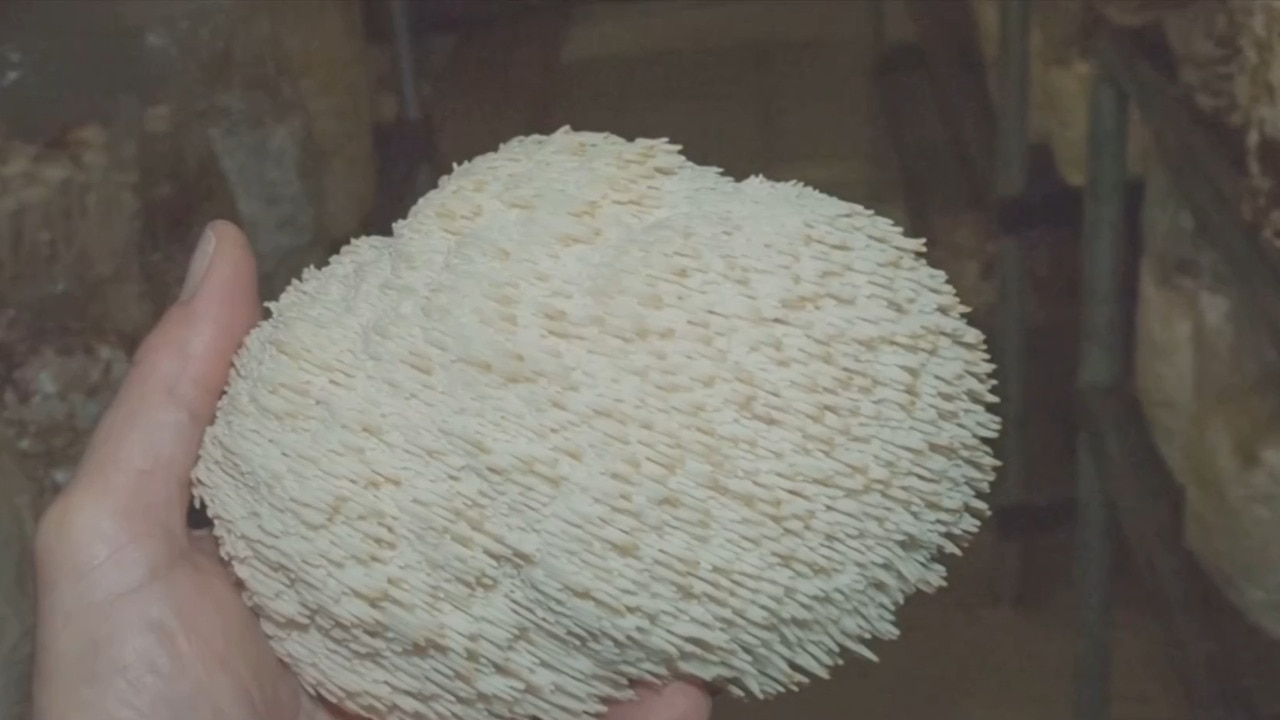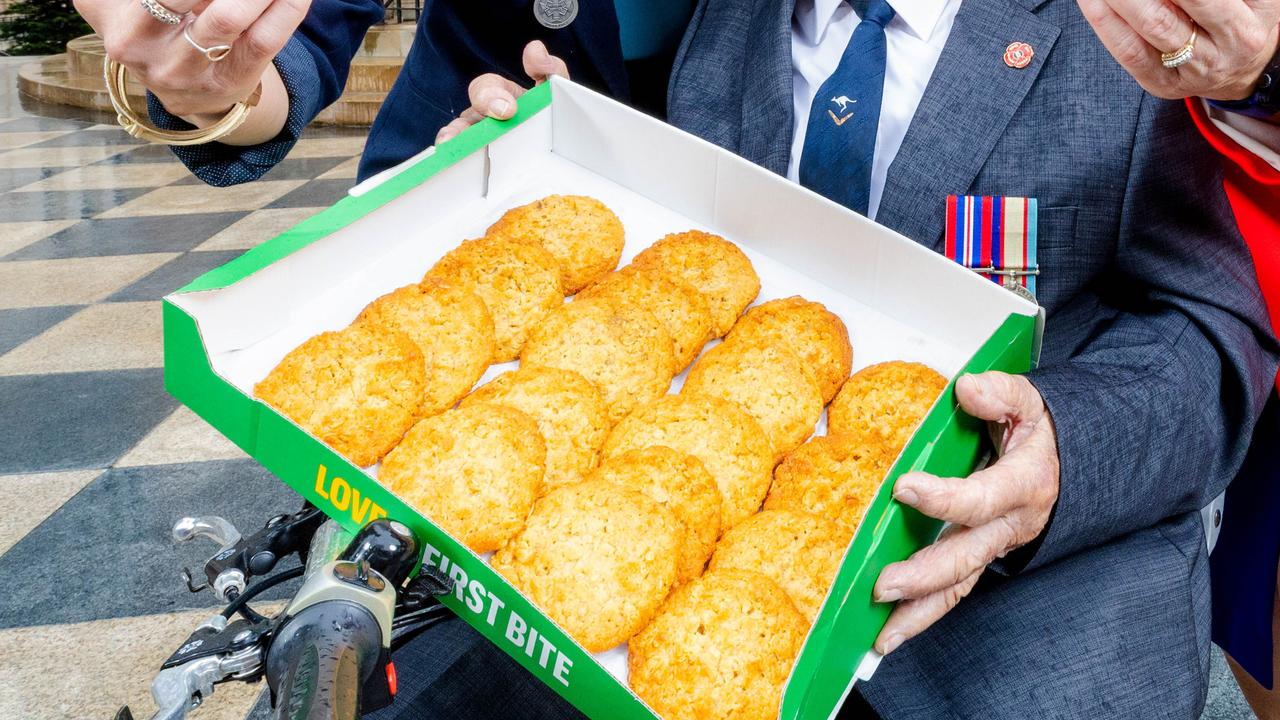Poison mushrooms: What you can and can’t eat
As police investigate the death of three Victorians linked to poisonous mushrooms, there is a fresh warning on how to avoid the deadly fungi. This is what you need to know.

Food
Don't miss out on the headlines from Food. Followed categories will be added to My News.
As Victoria Police probe whether foul play was involved after three people died and a fourth was left fighting for life after eating poisonous mushrooms, there is a fresh warning on how to avoid the deadly fungi.
The tight-knit community of Korumburra is mourning the deaths of Don and Gail Patterson and Gail’s sister, Heather Wilkinson, who all died after ingesting toxic mushrooms at a lunch in a Leongatha home last month.
Many types of fungi grow wild in Australia and produce a variety of mushrooms, some which look very similar even though they come from different fungi.

And while some mushrooms that grow in the wild can be eaten, some are poisonous and can make you very sick and some are even deadly.
There is no easy way to tell the difference between an edible mushroom and a poisonous mushroom. To avoid the risk of poisoning it is recommended that you only eat mushrooms you get from the supermarket or green grocer.
Here is what you need to know.
WHAT IS MUSHROOM POISONING?
Eating wild mushrooms that contain toxic substances can cause mushroom poisoning. Many mushroom poisonings happen when people mistake poisonous mushrooms for edible types.
Cooking, boiling or heating wild mushrooms does not make them safe to eat. Due to the risk of poisoning it is best to avoid eating wild mushrooms.
WHAT MUSHROOMS CAN’T YOU EAT?
Two particular wild mushroom species, Death Cap mushrooms and Yellow staining mushrooms, which are commonly found in Canberra, Adelaide and both metropolitan Melbourne and regional Victoria, and can cause gastrointestinal illness, liver failure, and death.
Death Cap mushrooms, which are the most dangerous species, are typically found near oak trees in metropolitan Melbourne and rural areas.
These exotic species were accidentally introduced from Europe and have been found under other deciduous trees or conifers in other parts of the world.
These mushrooms are large, with a pale yellow-green to olive-brown cap, white gills, a skirt around the stem and a cup-shaped sac around the base.

The Yellow staining mushroom is another exotic species that is the cause of most poisonings due to ingestion of wild fungi in Victoria.
This mushroom, which usually has an unpleasant odour, looks very similar to “supermarket” or cultivated mushrooms and to edible wild mushrooms, such as the field mushroom.
In urban areas, the Yellow staining mushroom can grow in large troops in lawns and gardens. The cap and stem are white-ish to pale brown, and turn yellow when rubbing the surface with a thumbnail.
WHAT ARE THE SYMPTOMS OF MUSHROOM POISONING?
Symptoms of poisoning by Death Cap can include stomach pains, nausea, vomiting and diarrhoea within hours of consumption. Even if symptoms subside, serious organ failure can occur 24-48 hours after ingestion that may result in death.
Meanwhile, symptoms experienced after eating the Yellow staining mushroom include nausea, stomach cramps, vomiting, and diarrhoea. The severity of symptoms varies with the amount eaten.

WHO IS AT RISK OF MUSHROOM POISONING?
Everyone can become unwell from eating poisonous wild mushrooms.
WHAT TO DO IF CONSUMED?
If you suspect you may have consumed a poisonous mushroom, seek medical attention immediately. Do not wait for symptoms to appear.
Contact the Poisons Information Centre on 13 11 26 for assistance 24 hours a day, 7 days a week and always call 000 in an emergency.
More Coverage
Read related topics:Explainers





